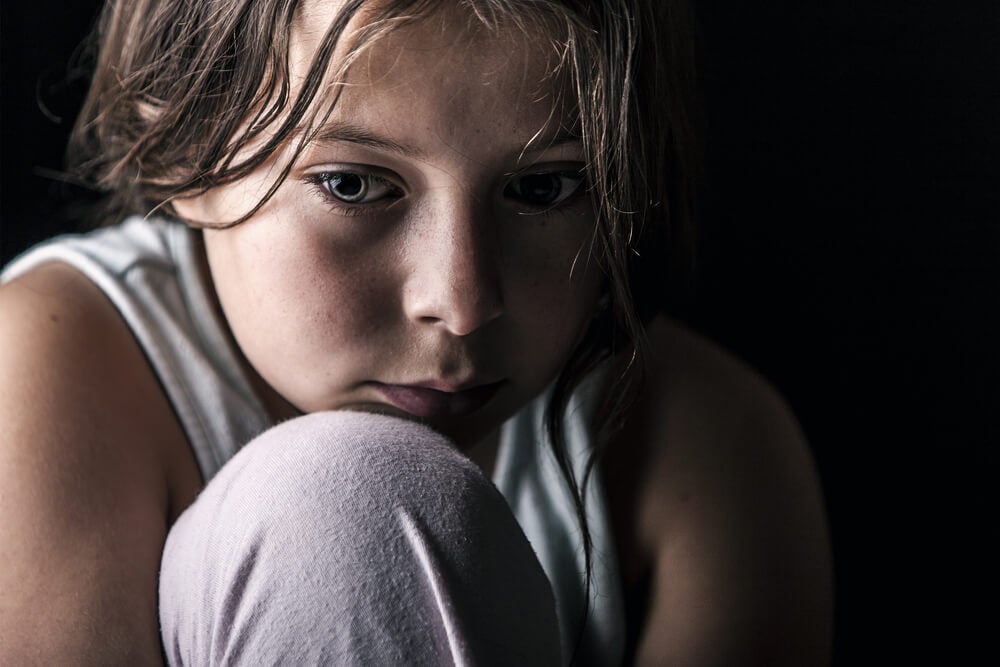The grieving process is one that involves accepting and adapting to a loss, whether that of a loved one, an object or a situation, children are especially sensitive to the changes and losses that can lead to pathological bereavement.
As a result, pathological bereavement in children manifests itself as a true non-adaptation syndrome that can have important consequences on development and well-being. Next, we’ll look at what pathological bereavement is in children, their prognosis, and what treatment is most effective.
- Throughout our lives we have all experienced the loss of a loved one.
- So we know that this is a painful and quite complex situation.
- However.
- In children this reaction will depend mainly on the development of maturity.
- 6.
- Children begin to understand what death is and children 9 or 10 years old already fully understand the concept.
Older children certainly understand that death is an irreversible process, that the deceased will never return, and that sooner or later he will have to adapt and accept the world without first being familiar to him.
Therefore, given the above, pathological bereavement in children has very characteristic symptoms:
As a result, these symptoms interfere with the normal functioning of the child, causing significant problems in the school, social and family spheres, in addition, both the intensity and duration of this type of bereavement are clearly disproportionate.
Horowitz (2003) identified 4 types of pathological bereavement in children and adults.
A normal grieving process is understood as a stage of life during which the person:
Now, how long should this process last?That is where the controversy lies, in fact, scientists and mental health professionals have agreed to establish, without a time criterion, an adjustment criterion, so it was agreed that under no circumstances can normal bereavement result in a crippling complication.
However, pathological bereavement in children involves a complicated condition that lasts at least 6 months and is also characterized by symptoms:
Some professionals and scientists reject this diagnostic category recognized by the DSM-5, arguing that each person treats, interprets and expresses their emotions in a particular way, so for these psychologists, doctors and psychiatrists, including pathological bereavement as a psychopathological disorder would be nothing. without putting a patient label on a sensitive person facing a loss.
At the same time, however, it is important to recognize the importance of categorizing these particular symptoms to gain more information about the condition, course, and prevalence of the problem, as well as to explore the possibilities for effective treatment.
Currently, there are effective psychological treatments to treat pathological bereavement in children and adults. Therefore, if you’ve identified with this reading, we recommend that you contact a psychologist to treat this condition. However, and without prejudice to the above, we also want to share some recommendations on pathological bereavement:
Grief is a complicated process, whether pathological or not, accompanying people at a loss and validating their emotions are fundamental pillars to start accepting and adapting to the new reality.

